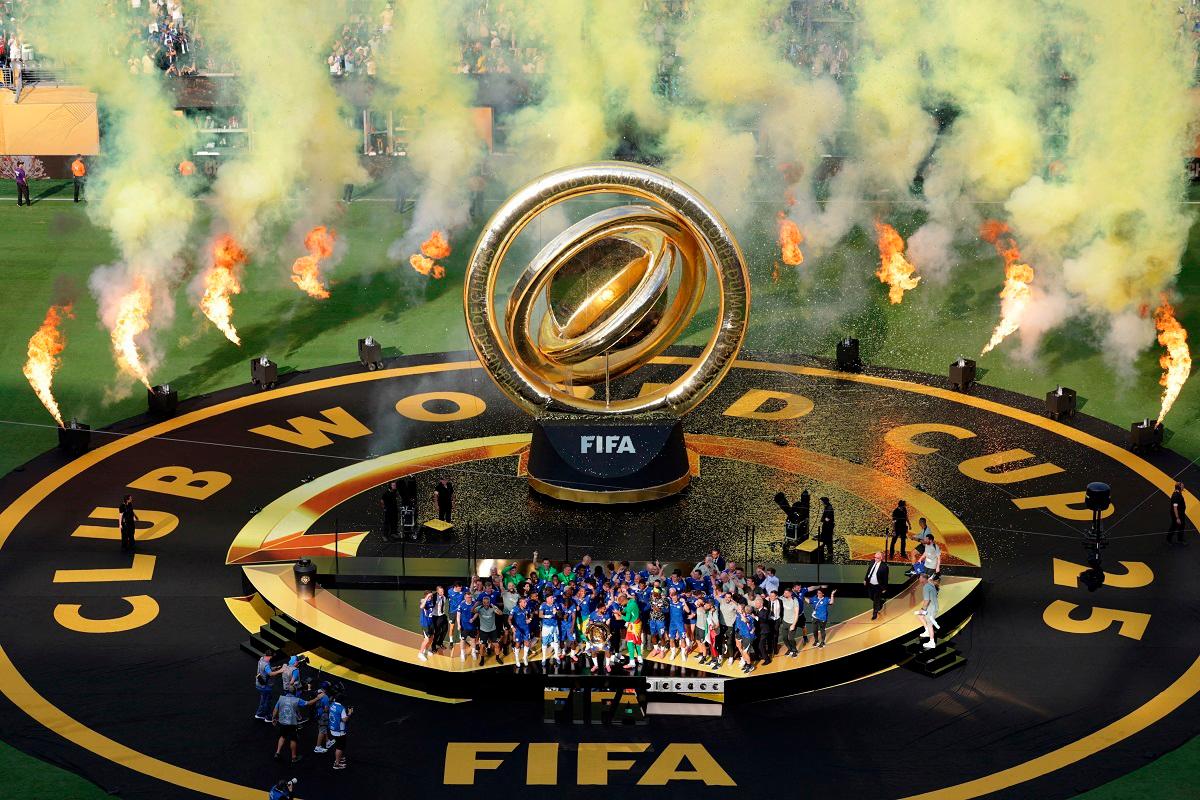THE 2023 Club World Cup concluded with valuable insights for FIFA as the tournament served as a trial run for the upcoming 2026 World Cup. Chelsea emerged victorious, but the event spotlighted critical issues like extreme heat and pitch conditions that organisers must address before the expanded 48-team tournament next year.
The expanded 32-team Club World Cup format mirrored the 2026 World Cup structure, offering a preview of the logistical challenges ahead. Alan Rothenberg, former U.S. Soccer president, called it a “dry run for FIFA,“ acknowledging early mistakes but emphasising the learning curve for hosting across multiple cities.
Player welfare became a major concern, with temperatures exceeding 85°F (29°C) during matches. FIFPRO, the global players’ union, urged organisers to adjust scheduling, while Chelsea midfielder Enzo Fernandez labelled the conditions “very dangerous.” FIFA President Gianni Infantino acknowledged the heat issue, confirming cooling breaks and improved pitch watering protocols for future events.
Stadium conditions also drew criticism, with uneven grass quality despite efforts like overnight Bermuda grass transport. Blair Christensen, pitch venue manager, assured improvements ahead of 2026. Meanwhile, FIFA has secured climate-controlled stadiums in Atlanta, Dallas, Houston, and Vancouver to mitigate heat concerns.
FIFA’s increased operational control for 2026 includes a 485,000 sq ft broadcast centre in Dallas, building on the smaller setup used at MetLife Stadium. Oscar Sanchez, head of host broadcast production, emphasised the event’s scale, calling 2026 “humongous.”
The final at MetLife Stadium, a 2026 World Cup venue, tested pitch optimisation strategies. Despite challenges, organisers remain confident in applying lessons learned. “We’ll take these learnings forward,“ said Christensen. - Reuters









